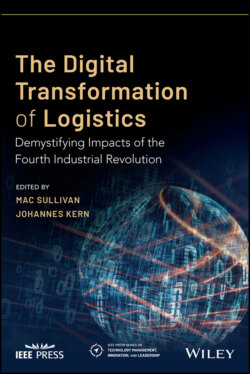Читать книгу The Digital Transformation of Logistics - Группа авторов - Страница 80
Introduction Companies Under Pressure
ОглавлениеWith margins shrinking across the board for many freight forwarders, executives are looking for ways to either increase top‐line revenues, for instance, through value‐added services, or reduce their operating costs. Outsourcing of manufacturing has matured with the help of cheaper transportation costs and the improvements in international communication, for example, through the Internet. This led the world's largest brands to have access to cheap manufacturing labor. In turn, these developing countries had more resources to devote to education, which then also opened other service avenues like call centers and information technology (IT) development centers. The delegation of such IT‐enabled business processes to an external service provider is called business process outsourcing (BPO) (Mani et al. 2010).
Many of the large freight forwarders, otherwise known as logistics service providers, started to take advantage of this lower service labor by creating BPO centers of excellence. Instead of paying a person in Germany or the United States $10–20 an hour to create a bill of lading or track a container, they could do this same process in India, Malaysia, or the Philippines for a fraction of the price. However, many small‐ to medium‐sized logistics companies did not have the scale or worked in a too decentralized, loosely knit environment that deterred them from outsourcing their documentation work up to this point. As especially these companies now look to reduce their operating costs, automation and digital workflow optimization are quickly becoming a real alternative to outsourcing to a cheaper labor cost country.
